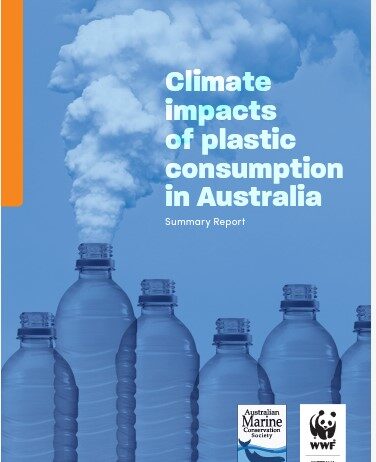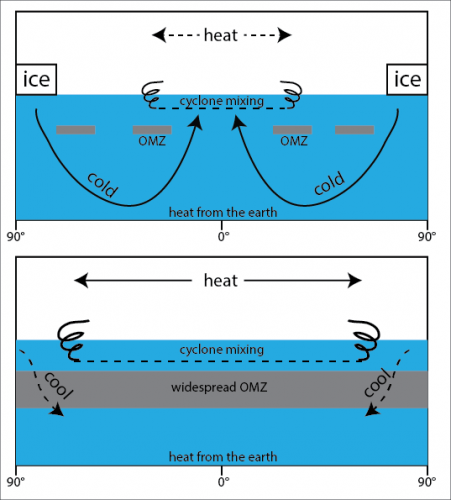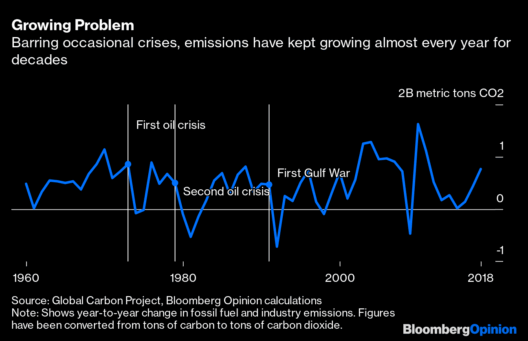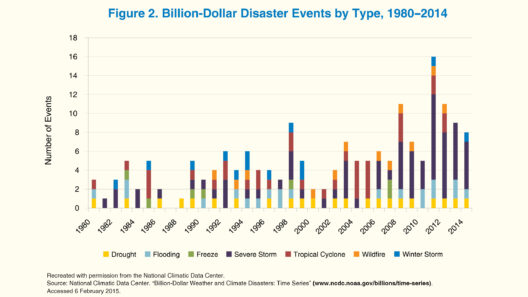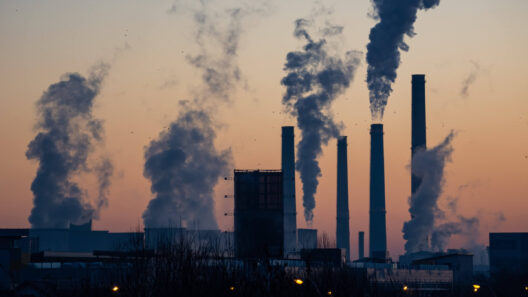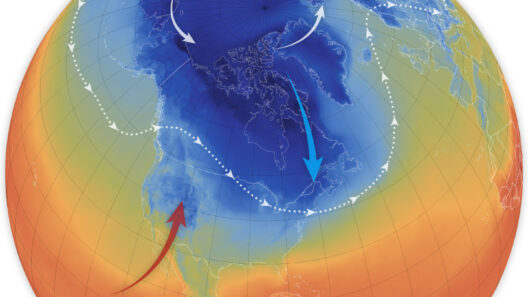Food production is a predominant aspect of our daily lives, yet many remain oblivious to the intricate web of environmental consequences that it entails. The repercussions of our agricultural and food systems extend far beyond what lies on our plates. The nexus between food production and climate change is profound, as it contributes significantly to greenhouse gas emissions, deforestation, and biodiversity loss. This exploration seeks to unveil the hidden realities of our food systems and the detrimental impact they have on global warming.
At its core, food production encompasses various stages: cultivation, processing, distribution, consumption, and disposal. Each stage is imbued with environmental implications, and, together, they epitomize a systemic challenge that demands urgent attention. The predominant driver of emissions in agriculture is the production of livestock. According to estimates, livestock production emits approximately 14.5% of global greenhouse gases, surpassing even the entire transportation sector. This staggering statistic is attributed to several factors, including enteric fermentation in ruminants, manure management, and land-use changes due to pasture expansion.
Enteric fermentation is a natural digestive process occurring in the stomachs of ruminants, such as cows and sheep, releasing methane—a potent greenhouse gas with a warming potential far exceeding that of carbon dioxide over a 20-year period. Additionally, the conversion of forests and grasslands into pasture land contributes to significant carbon dioxide emissions, as trees that once acted as carbon sinks are eliminated. This loss of biodiversity further exacerbates the effects of climate change, creating a vicious cycle.
Another significant contributor to the greenhouse gas emissions during food production is the cultivation of crops, particularly those used to feed livestock. The extensive use of synthetic fertilizers and pesticides has enabled agricultural intensification. While this has improved yields, it has also led to profound environmental costs. Excess fertilizers exert pressure on the nitrogen cycle, resulting in nitrous oxide emissions, an even more potent greenhouse gas than methane. Additionally, these chemicals can leach into waterways, causing eutrophication and further threatening aquatic ecosystems.
Shifting focus from livestock to crop production unveils additional complexities. While plant-based diets are often heralded as more sustainable, vast monocultures cultivated for commodities such as corn, soy, and palm oil also harbor environmental consequences. The practice of monoculture diminishes soil health and biodiversity. Moreover, land used for these crops often necessitates deforestation, further aggravating global warming. The pursuit of efficiency and profit can thus render “efficient” agriculture paradoxically unsustainable.
Distribution, an often-overlooked facet of the food system, also plays a pivotal role in climate change. The ecological footprint of food transcends production; the transportation and storage of food commodities contribute substantially to carbon emissions. The reliance on fossil fuels for transportation—whether it be trucks, ships, or airplanes—significantly compounds the total greenhouse gas emissions associated with food. Additionally, cold storage systems in the supply chain consume considerable energy resources, often derived from non-renewable sources. Consequently, food that travels thousands of miles to reach a consumer can bear the weight of substantial emissions, rendering the notion of “local” food systems all the more critical.
Moreover, consumption patterns exemplify the dissonance between desire and sustainability. Food waste is another paramount issue entwined with the climate crisis. Approximately one-third of food produced for human consumption is wasted, which translates to an astonishing volume of squandered resources. When food is thrown away, all the energy and resources expended in its production, processing, transportation, and storage are rendered futile. The decomposition of organic waste in landfills releases methane, contributing further to greenhouse gas emissions. Hence, reducing food waste emerges as an essential strategy in mitigating climate change—a simple yet effective measure that individuals can embrace to lessen their environmental impact.
The conundrum of our food system demands systemic changes at various intersectional levels. Policy interventions play a crucial role in steering agricultural practices towards sustainability. Adopting agroecological methods, which prioritize ecological principles and biodiversity, can be transformative. These methods not only enhance food security but also bolster resilience against climate change. By fostering local food systems, incentivizing sustainable practices, and prioritizing regenerative agriculture, policymakers can create pathways that align food production with environmental stewardship.
Consumer awareness, too, is paramount. Individuals are empowered by making conscious choices regarding their diets. A reduction in meat consumption, particularly red meat, can have significant implications for reducing overall greenhouse gas emissions. Embracing a more plant-centric diet is not merely a personal choice but a collective movement toward transforming our food systems.
Moreover, supporting local farmers who utilize sustainable practices can help mitigate the environmental effects of food production. Community-supported agriculture (CSA) and organic farming not only foster local economies but also promote environmentally friendly techniques that enhance soil health and biodiversity. As consumers become more discerning and clamor for transparency in food sourcing, the demand for sustainable practices will likely grow.
In conclusion, the intricate tapestry that comprises our food systems has far-reaching implications for the climate. The urgent need to assess and reshape the ways we produce, transport, and consume food cannot be overstated. By understanding the environmental ramifications of food production and adopting more sustainable practices, we can pivot from contributing to global warming towards fostering a more sustainable future. Promises exist—a shift in perspective can illuminate pathways toward an equilibrium that benefits both humanity and the planet. Embracing this change is not merely a necessity; it is an obligation to ensure the survival and flourishing of generations to come.



